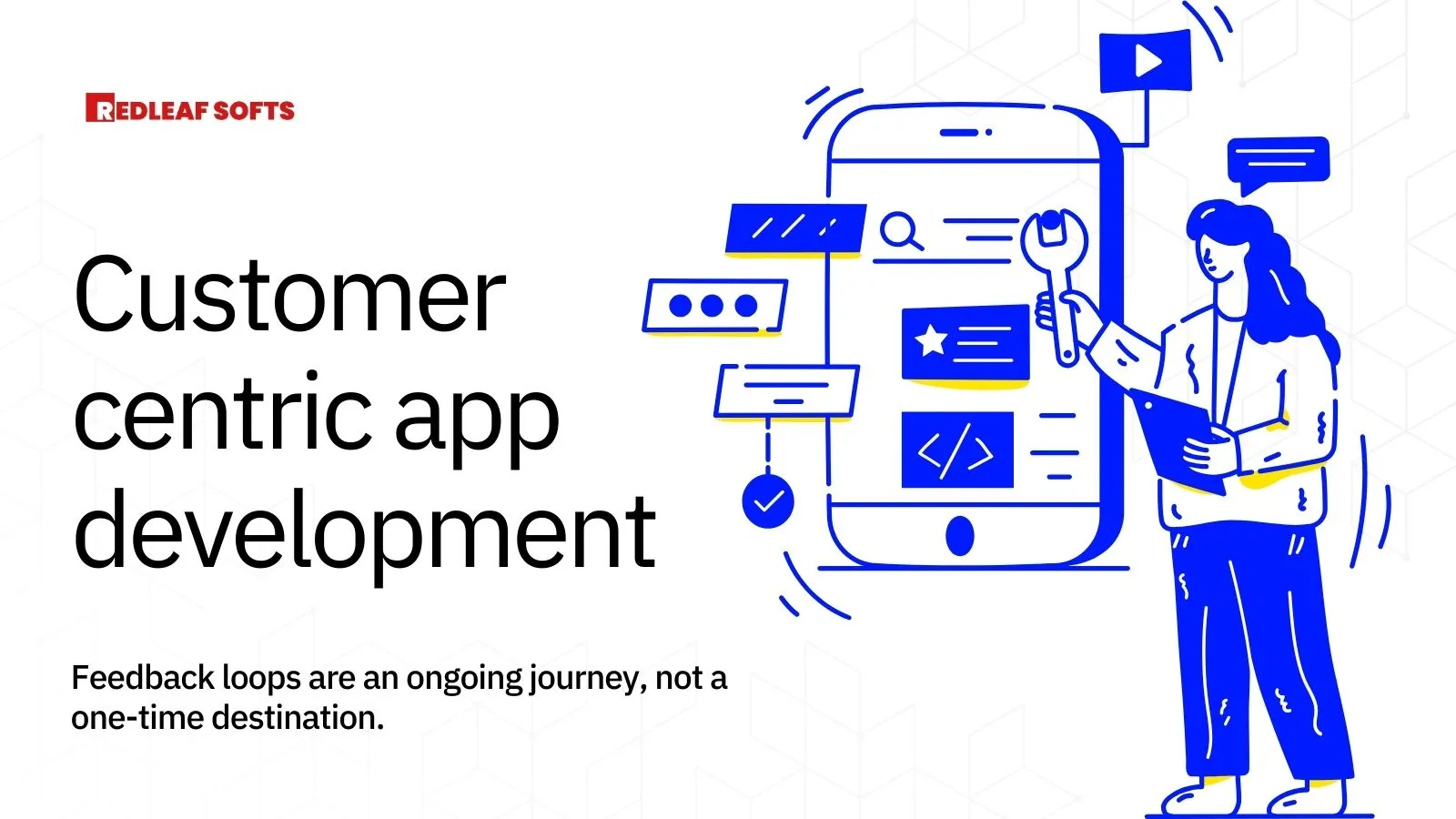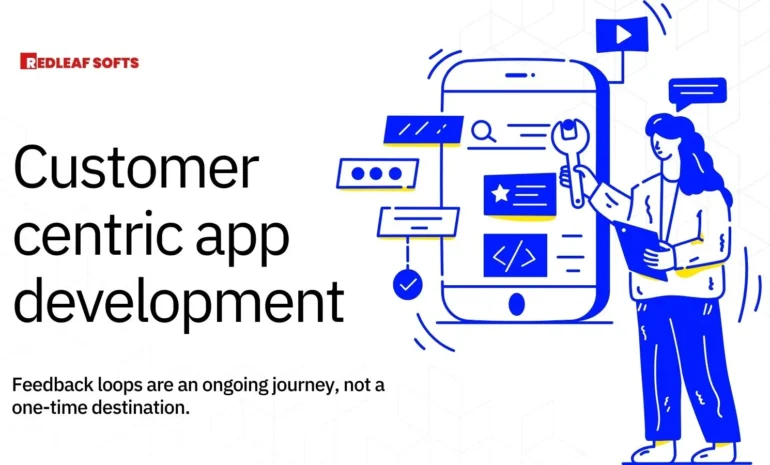Remember the frustration of traditional language learning? Rote memorization, disconnected grammar drills, and a disconnect between classroom learning and real-world conversations. Thankfully, apps like Duolingo have revolutionized the game, offering a fun, interactive, and personalized approach. But how does Duolingo stay ahead of the curve in such a competitive space? The answer lies in their mastery of feedback loops.
Enter the feedback loop, the secret sauce of customer-centric development. It’s a continuous cycle of gathering, analyzing, and acting on user feedback, ensuring your app evolves alongside your user base. But why are feedback loops so crucial, and how can you implement them effectively?
Listen to the Feedback
Think of user feedback as invaluable market research, delivered straight to your door. It helps you:
- Identify Pain Points: Uncover hidden frustrations and usability issues users might not explicitly voice.
- Prioritize Features: Understand which features resonate most with your users, guiding your development roadmap.
- Validate Ideas: Test new concepts and features before investing significant resources.
- Build Trust and Loyalty: Demonstrating that you actively listen and improve based on feedback fosters user trust and engagement.
Building a robust feedback loop isn’t just about opening a suggestion box. Here are key ingredients:
1. Create Multiple Channels: Offer diverse ways for users to provide feedback – in-app surveys, email forms, social media, user interviews, and even support tickets.
2. Make it Easy: Eliminate friction. Keep surveys short and sweet, offer in-app feedback buttons, and encourage direct communication.
3. Be Specific: Encourage detailed feedback. Ask users to pinpoint specific issues, suggest improvements, and rate their experience.
4. Respond and Iterate: Acknowledge all feedback, even negative comments. Show users their input is valued, and communicate how their feedback is being used to improve the app.
5. Track and Analyze: Use data analytics tools to identify trends and patterns in user feedback. Don’t just collect data, understand what it means.
Duolingo's approach
Duolingo’s journey with feedback loops began by addressing user pain points. Early users complained about repetitive exercises, a lack of personalized learning paths, and difficulty staying motivated. To address these, Duolingo implemented:
- A/B testing: They tested different learning approaches based on user data, ensuring users were presented with the most effective learning methods.
- In-app feedback buttons: Users could instantly report issues or suggest improvements, providing valuable real-time insights.
- Personalized learning paths: Based on user performance and preferences, Duolingo tailors content to individual needs, keeping users engaged and challenged.
The results were phenomenal. User engagement skyrocketed, with Duolingo boasting over 500 million active users worldwide. They even achieved recognition from organizations like Google Play (Editor’s Choice) and Apple (App of the Year).
Beyond Individual Feedback:
Duolingo’s feedback loop goes beyond individual user interactions. They leverage data across their entire user base to identify broader trends and opportunities:
- Language fluency insights: Analyzing user performance across different skill levels helps them refine learning paths and identify areas where specific languages might need additional teaching resources.
- Cultural sensitivity analysis: Feedback from diverse user groups allows them to ensure their content is sensitive to cultural nuances and avoids any unintentional bias.
- Emerging trends: By analyzing user preferences and learning patterns, Duolingo can stay ahead of the curve and integrate new features like gamification elements or social learning opportunities.
The Feedback Loop Effect:
Duolingo’s success story highlights the power of well-designed feedback loops. By:
- Actively listening: Creating multiple channels for user feedback and taking it seriously.
- Analyzing data: Identifying trends and patterns across the user base.
- Iterating and improving: Continuously refining the app based on user insights.
Duolingo has built a language learning experience that not only engages millions but also adapts and improves based on their collective voice. This commitment to customer-centricity ensures their app remains relevant, effective, and enjoyable for language learners worldwide.
Not only Duolingo
- Spotify: A/B tests personalized music recommendations based on user feedback and listening habits.
- Airbnb: Gathers feedback from both hosts and guests to refine the booking and accommodation experience.
- Netflix: Utilizes chaos engineering (intentionally injecting failures) to ensure their platform remains resilient and responsive even during peak usage periods.
These examples showcase how diverse tech companies leverage feedback loops to drive innovation, build trust, and stay ahead of the curve in competitive landscapes. So, remember, your users are your most valuable asset. By listening to their voices and incorporating their feedback into your development process, you can build tech products that not only function well but also resonate deeply with your audience, ensuring your success in the ever-evolving world of technology.
Conclusion
Remember, feedback loops are an ongoing journey, not a one-time destination. By actively listening, analyzing, and iterating based on user input, you can ensure your app evolves alongside your users, building lasting relationships and creating a truly customer-centric experience. So, open your ears (and feedback channels!), and watch your app thrive!

